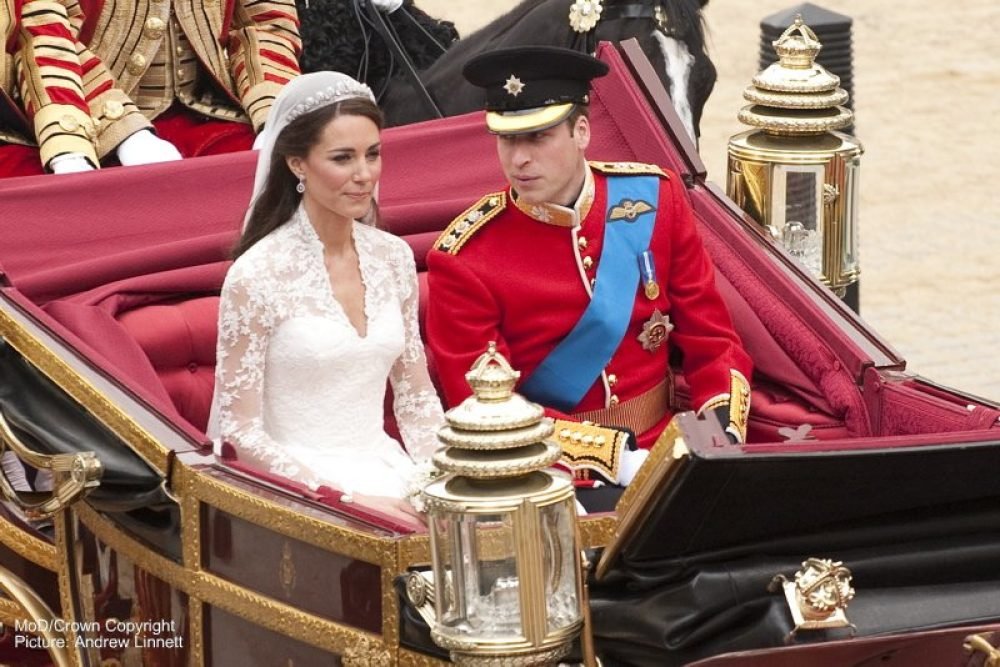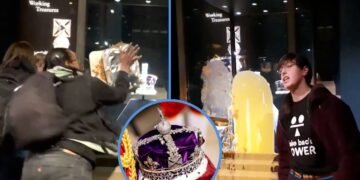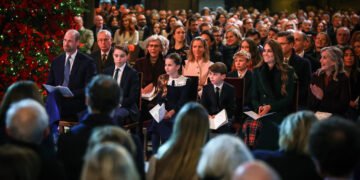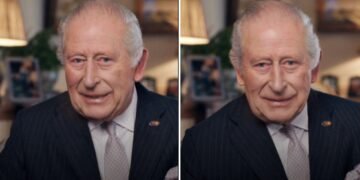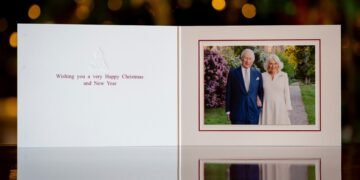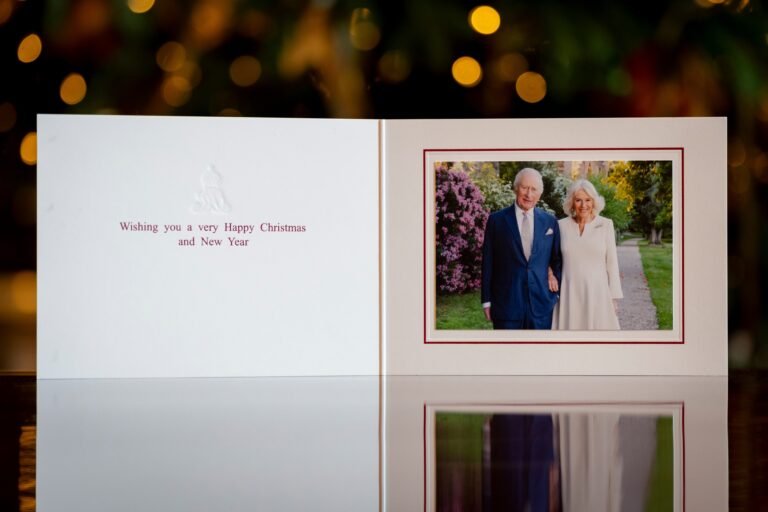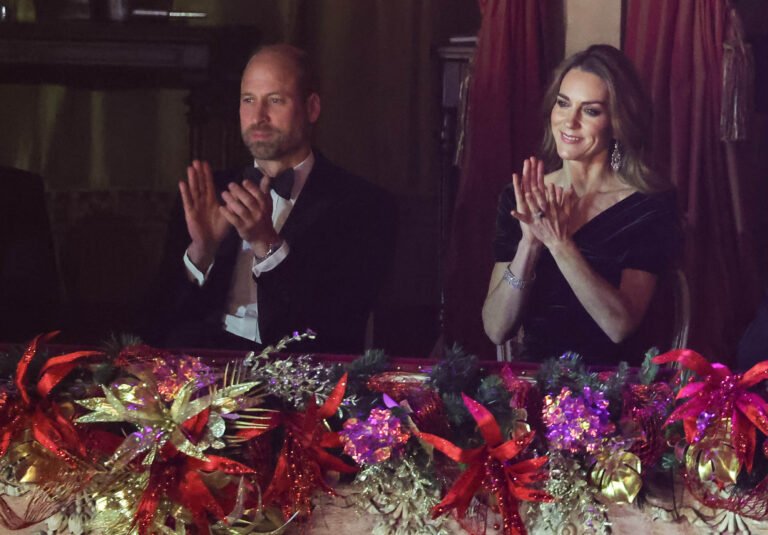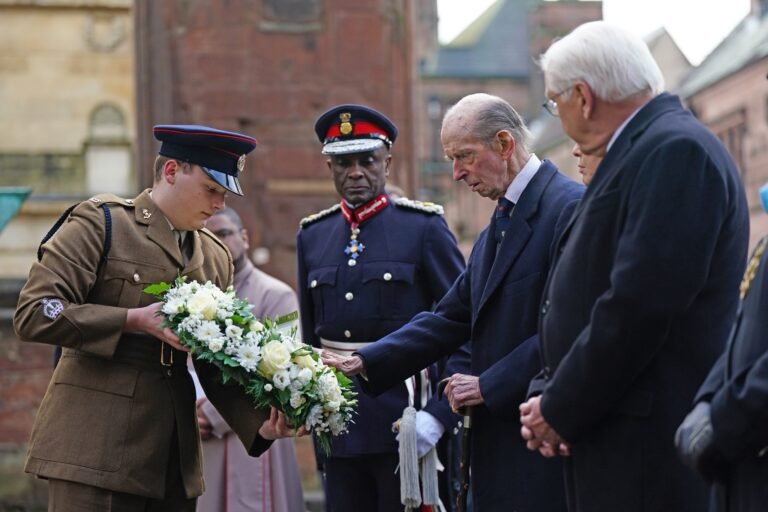The happy announcement of Prince Harry and Meghan’s engagement has caused much interest in what the royal wedding will be like: traditional, modern, a mix of the two?
Weddings can be stressful at times with organising the venue, the guest list, the dress, the entertainment and …… the CAKE. The wedding cake is one of the key focal points in the room and when you are royal, the cake has to be impressive! Cake designs are also heavily influenced by the social and economical factors at the time, hence royal wedding cakes change throughout the generations.
Quite often, royal weddings have followed the tradition of two cakes, and the couple often received gift cakes, so there may be numerous images that claim to show the wedding cake of a couple, that differs from what we show. Indeed, what we show might also be a gift cake and not the original, since records were never that specific.
Queen Victoria and Prince Albert; 1840
Victoria and Albert married on 10th February 1840 at in the Chapel Royal at St James’s Palace; the idea of a modern wedding first came about due to the young Queen, who was the first to wear a white wedding dress, and have white bridesmaid dresses.
The couple’s centrepiece was made by chefs at Buckingham Palace; it was created from the ‘most exquisite compounds of all the rich things with which the most expensive cakes can be composed, mingled and mixed together into delightful harmony by the most elaborate science of the confectioner’, and cost £100 to make. It weight nearly 300 pounds and was three yards (2.7m) in circumference, with a depth of 14 inches.
As with most weddings, there were a number of cakes; the official cake is on the below, and another – perhaps a gift – underneath this.

There was an elaborate decorative piece atop the cake, featuring Britannia and turtle doves, but this was purely decorative and not cake; the first properly tiered cake cake just a decade later, seen at the Great Exhibition at Crystal Palace. Again, however, only one tier was edible.
Two boxes containing real pieces of the royal wedding cake were exhibited at Windsor Castle in 2007/8, to mark the Diamond Wedding anniversary of The Queen and The Duke of Edinburgh.
Princess Victoria and Prince Frederick of Prussia; 1858
The first member of the Royal Family that was influenced by Queen Victoria’s wedding was her eldest daughter, Princess Victoria or The Princess Royal. She married Crown Prince Frederick of Prussia on the 28th January 1858 and was the only wedding that Prince Albert attended of his children’s.
Prior to the wedding, The Princess Royal had a picture with her parents and presented her mother with a lock of hair and a brooch.
Embed from Getty Images
Embed from Getty Images
The wedding was a huge occasion: the procession included over 18 carriages, and it was viewed by over a 1000 well-wishers.
The wedding was an opulent affair also and was the first commissioned columned wedding cake, standing over 6ft tall. The decoration was inspired by the spire on top of St. Bride’s church in London. On the top tier, the busts of Queen Victoria and Prince Albert was included and on the middle tier, garlands of flowers covered the cake – jasmine, orange blossoms, silver leaves, the bride and groom’s royal arms, and even pearls.

Prince Albert Edward and Princess Alexandra; 1863
The future Edward VII and his Queen, Alexandra, married at Windsor Castle in 1863. It was the first royal wedding since the introduction of photography as a reliable medium of record, and so we have the first images of the bride and groom.
Their cake was ‘a three-tiered cake with white icing, at the base were rose, thistle and shamrock festoons [symbols of the UK] intertwined with with the British and Denmark coat of arms.
‘On the tiers were reflectors and figures of cupids with harps and near the top of the cake were two sating flags painted with the images of the Prince and Princess. At the very top were a Prince coronet with three ostrich feathers,’ acknowledging his position as Prince of Wales.
Serving 500 people at the wedding breakfast, the cake formed a centrepiece.

A sprig from Alexandra’s headdress was kept by Queen Victoria, and was included in the 2007/8 exhibition at Windsor.
Princess Beatrice and Prince Henry of Battenburg; 1885
Princess Beatrice, the youngest child of Queen Victoria and Prince Albert, married Prince Henry of Battenburg, the son of Prince Alexander of Hesse and Rhine in 1885. At the start of their relationship, marriage seemed unlikely as Queen Victoria did not wish for Beatrice to marry. This was due to Queen Victoria being reliant on Beatrice as her companion, since the loss of Prince Albert; she did not want to lose this.
However, after a year of persuasion, Parliament put pressure on Queen Victoria to give her consent under the 1772 Royal Marriages Act. This act allowed Parliament to stipulate the terms on whether a suitor of a British Royal Family was acceptable and did not reduce the status of the Royal House, then the House of Saxe-Coburg-Gothe. A condition that Queen Victoria also added was that Princess Beatrice and Prince Henry had to live with her after their marriage.
Therefore, the couple finally got married at St. Mildred Church in Whippingham on the 23rd July 1885. Princess Beatrice wore her mother’s lace veil and was escorted down the aisle by her eldest brother, The Prince of Wales. Beatrice had 10 Royal bridesmaids and Prince Henry had his 2 brothers as supporters (best men).

Their wedding cake was an absolute showstopper and was 6 feet tall with 6 tiers. It was designed by the royal confectioner, Mr. Ponder and weighed 280lbs! The cake was intricately decorated with sugar, with the main decoration being the Replica of Canova’s “Hebes” which was on top of the cake. This decoration also included: the royal crests of Beatrice and Henry, vases of flowers, cherubs and figurines of women.
After the wedding, some of the cake was sent to the soldiers at the Windsor Castle Barracks to enjoy.
Prince Albert, Duke of York and Elizabeth Bowes Lyon; 1923
Albert and Elizabeth married at the height of the glamorous 1920s, in a ceremony at Westminster Abbey.
The cake was five tiers, 10-foot round and weighed 800 lbs. The decoration was baroque in style, with symbols of love and peace.
Princess Elizabeth and Prince Philip, Duke of Edinburgh; 1947
Princess Elizabeth II and Prince Philip were married at Westminster Abbey on 20th November 1947, in a day of post-war glory that lifted the nation’s mood.

Philip had to renounce all his titles linked with his home nation of Greece, and convert to the Church of England before he could marry Elizabeth. Some of Phillip’s close family, his three sisters, were not allowed to attend the royal wedding, because they were married to Germans, who had been high-ranking Nazis during the Third Reich.
The day, however, was glorious, if less glamorous than what we expect in this modern day, due to the state of post-war Britain. Elizabeth wore a dress designed by Norman Hartnell, which was made out of beautiful but rationed materials. People were out in force to see the beautiful bride and handsome groom.
And the cherry on the top….. a gigantic and masterful wedding cake designed by McVitie and Price, who have created numerous royal wedding cakes over the years. This was the official wedding cake, although the couple also received ten more!
Embed from Getty Images
Embed from Getty Images
The cake was massive. The cake was nine feet tall with four intricately decorated tiers. The decoration included; both Elizabeth’s and Philip’s coat of arms, monograms of the bride and groom and intricate sugar details of naval and regimental badges, as well as shapes of both of their favourite activities. It was also rather heavy as it was 500 lbs of fruit cake!
The cake was nicknamed ‘the 10,000-mile cake’ as Australian Girl-guiding sent sugar over to England to make the cake, due to sugar rationing. After the wedding, Princess Elizabeth and The Duke of Edinburgh sent one tier of their cake over to Australia Girl-guiding, as a way of thanks.
The cakes were the centrepiece at the wedding breakfast, which took place at Buckingham Palace. When it was time to cut the cake, The Duke of Edinburgh used his sword, a wedding gift from King George VI, to cut the first slice.
The guests enjoyed the cake and one tier – as tradition dictates – was saved for their first child’s christening, Prince Charles, which took place in 1948, also at the palace.


Princess Anne and Captain Mark Phillip’s; 1973
Princess Anne married Captain Mark Phillips on the 14th November 1973 at Westminster Abbey. Princess Anne arrived at Westminster Abbey in a glass carriage with her father, Prince Philip, whilst being watched by over 5 million worldwide viewers.
When she entered Westminster Abbey, a fanfare was played that was especially written for the wedding and played by trumpeters from the groom’s regiment. It was a simple and traditional wedding, with Anne holding a bouquet including a cutting from a myrtle bush, grown from a sprig from Queen Victoria’s own bouquet, as is tradition.
The cake was presented at the wedding breakfast she was the same height as Anne, exactly 5 ft 6 inches!! It weighed 145lbs and was made by the a Royal Catering Co. The decoration included Princess Anne’s coat of arms, Mark’s regimental crest and the top tier held a silver vase of flowers. The cake was cut using the groom’s sword.
Prince Charles and Diana, Prince and Princess of Wales; 1981
Prince Charles and Diana were married on 29th July 1981. The ceremony was held at St. Paul’s Cathedral, instead of Westminster Abbey, as it had a bigger capacity for guests. The wedding was dubbed ‘the wedding of the century’ and due to technological advances since 1947, was watched at a global scale. The UK was given a national holiday to celebrate the occasion and the broadcast had a TV audience of 750 million people.
Embed from Getty ImagesEmbed from Getty Images
Their official wedding cake was made by David Avery, the Head Baker at the Royal Naval Cooking School, due to Prince Charles’ naval background. However, they received 26 other wedding cakes, such as: a wedding cake from Chef S.G. Sender (a famous Belgian chef) and a wedding cake from Nicholas Lodge, who also made The Queen Mother’s 80th birthday cake and Prince Harry’s christening cake.
The official cake was made in Chatham Kent and took 14 weeks to create. They took no chances and made two cakes, in case the first was damaged. The wedding centrepiece was 5ft high, hexagonal and had 5 tiers. It weighed 225lbs and was decorated with topics related to the couple. The decoration took many hours (painting one crest onto the cake took over eight hours!) and included naval badges, doves, grapes, Charles and Diana’s joint crest, Buckingham Palace and St. Paul’s cathedral.
As follows tradition, it was fruit cake.
William and Catherine, Duke and Duchess of Cambridge; 2011
On April 29th 2011 (St. Catherine’s Day), Prince William and Catherine (also known as Kate) Middleton were married at Westminster Abbey, with a global audience of over 300 million viewers. Kate wore a dress made by Alexandra McQueen and everyone in the UK had a national holiday to celebrate, just like Prince William’s parents did.
At their reception in Buckingham Palace, the couple had two wedding cakes. The official wedding cake was made by Fiona Cairns. The future Duchess worked closely with the chef to design a cake personal for her and Prince William. It had a British floral design, with white and cream icing, decorated with over 900 sugar paste flowers. The cake was eight tiers and made out of traditional fruit cake. When the couple saw the cake a day before their wedding, they commented that the cake was more than they expected. The top tier of the cake was kept for Prince George’s christening.
Embed from Getty Images
Embed from Getty ImagesEmbed from Getty Images
The other wedding cake, also known as a groom’s cake, was a chocolate biscuit cake made by McVities. Prince William specially requested this and he also asked for the company to use a Royal Family recipe, as it is his favourite.
The cake was decorated with white flowers with Malteser centres and milk chocolate leaves, to continue the British floral theme. The cake was three tiers and was placed on a golden stand. Guests had the option to choose a slice of either cake; you can see a photo of it here.
Here are some images of other royal wedding cakes over the years:
Princess Louise and John Campbell, Duke and Duchess of Argyll; 1871
Embed from Getty Images

Prince Leopold and Helena, Duke and Duchess of Albany; 1882

George V and Mary of Teck; 1893

Duke and Duchess of Kent; 1934
Embed from Getty ImagesEmbed from Getty Images
Prince Albert and Charlene of Monaco; 2011
So there we have it, the Royal family have a history of beautiful wedding cakes. I wonder what Prince Harry’s and Meghan’s will be like? There are rumours of a banana-flavoured cake, as well as, a 5 -tiered cheese board cake! We shall have to wait and see…
Try these for more royal wedding entertainment:

